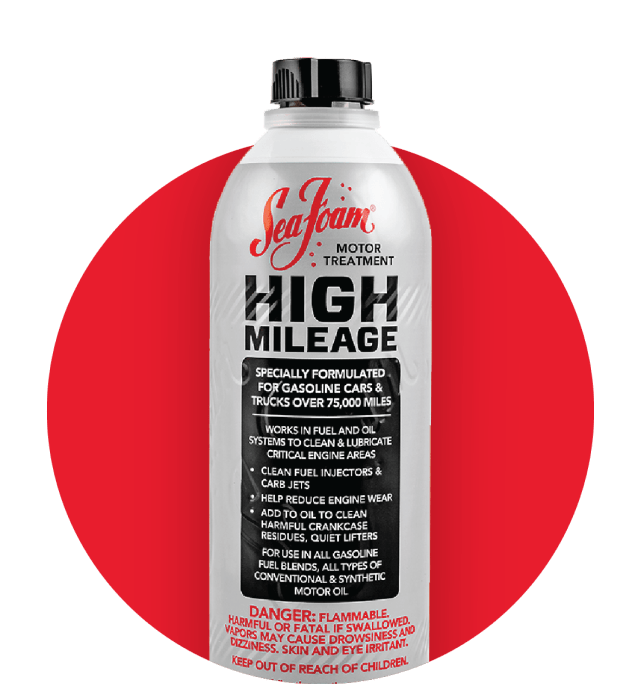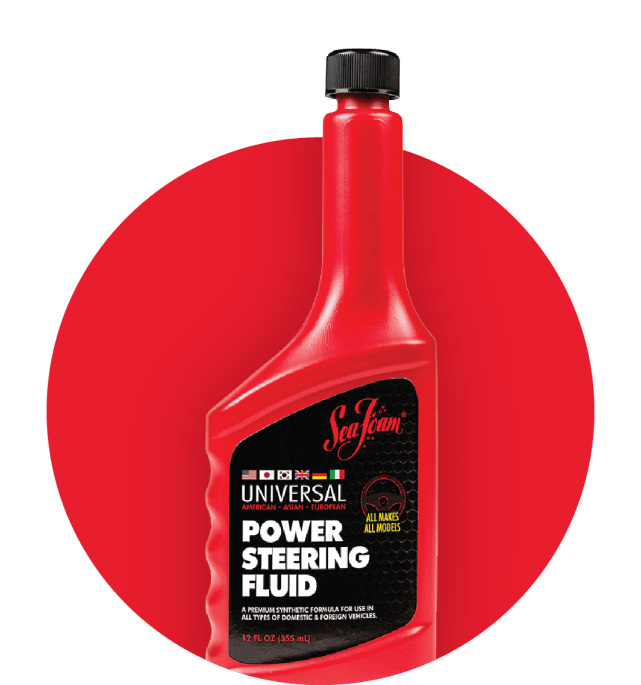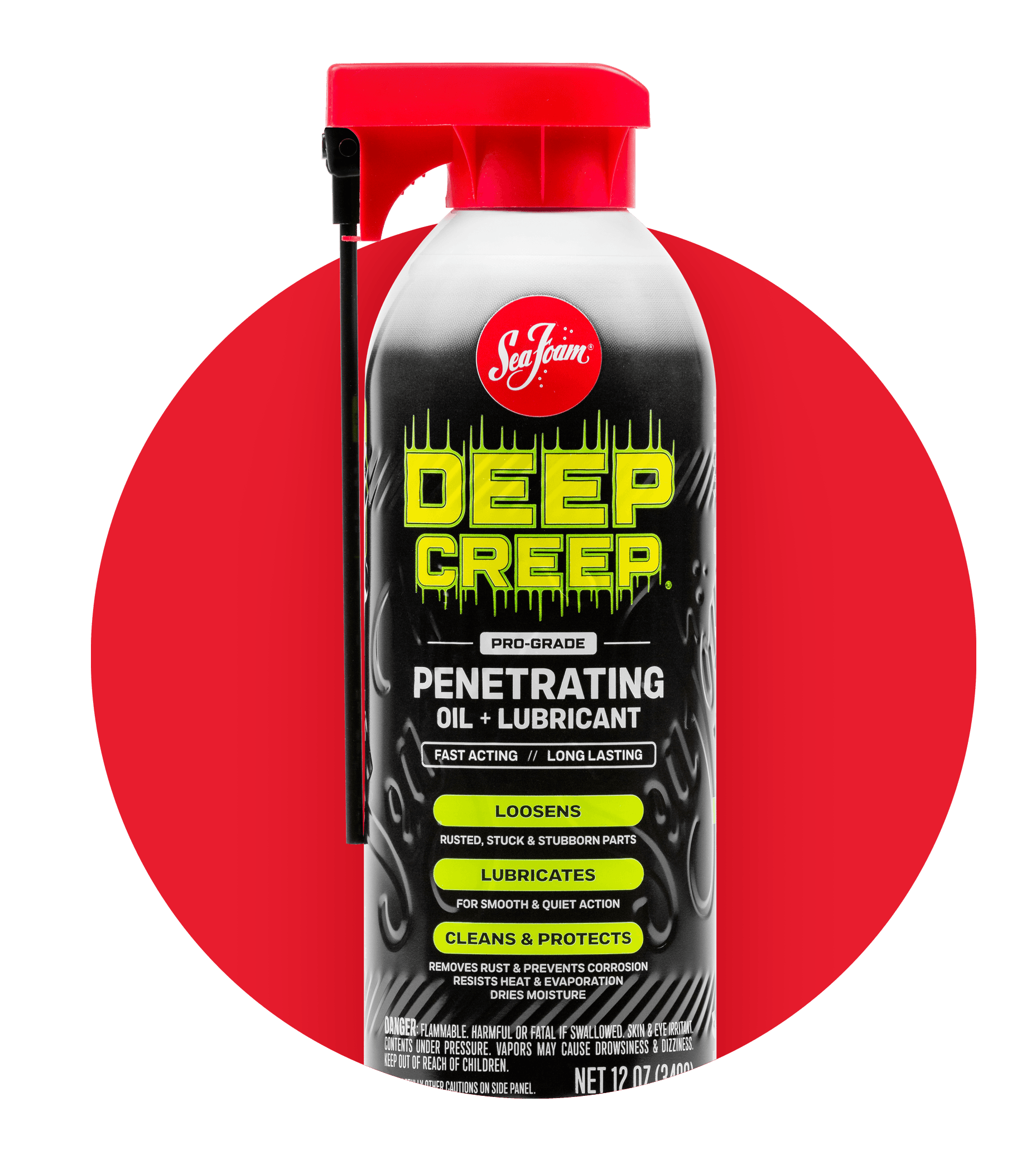HIGH MILEAGE ENGINE MAINTENANCE
If your car has more than 75,000 miles on the odometer and you hope to keep it running for many more miles to come, proper care is crucial.
By following some key high mileage maintenance tips, you can maximize your vehicle’s longevity and keep it performing at its best.
SEA FOAM HIGH MILEAGE
HIGH MILEAGE VEHICLE MAINTENANCE ESSENTIALS
Maintaining a high mileage vehicle requires attention to detail and consistent upkeep.
By following these guidelines for optimal care, you can extend your car’s lifespan and ensure peak performance. Sea Foam products are designed to help simplify this process, facilitating reliable service for years to come.
HOW HIGH MILEAGE HELPS VEHICLES STAY ON THE ROAD LONGER
High Mileage cleans and lubricates upper engine areas to help resist long-term wear.
High Mileage works through fuel injectors and carburetors to remove harmful residues and deposits from fuel passageways, intake valves, pistons, and chamber areas after years of harmful buildup. It works in oil to clean harmful oil residues that can restrict oil flow and engine lubrication.
#seafoamworks
Read Customer ReviewsCollapse Customer Reviews
related
products
For motors of all shapes and sizes.



